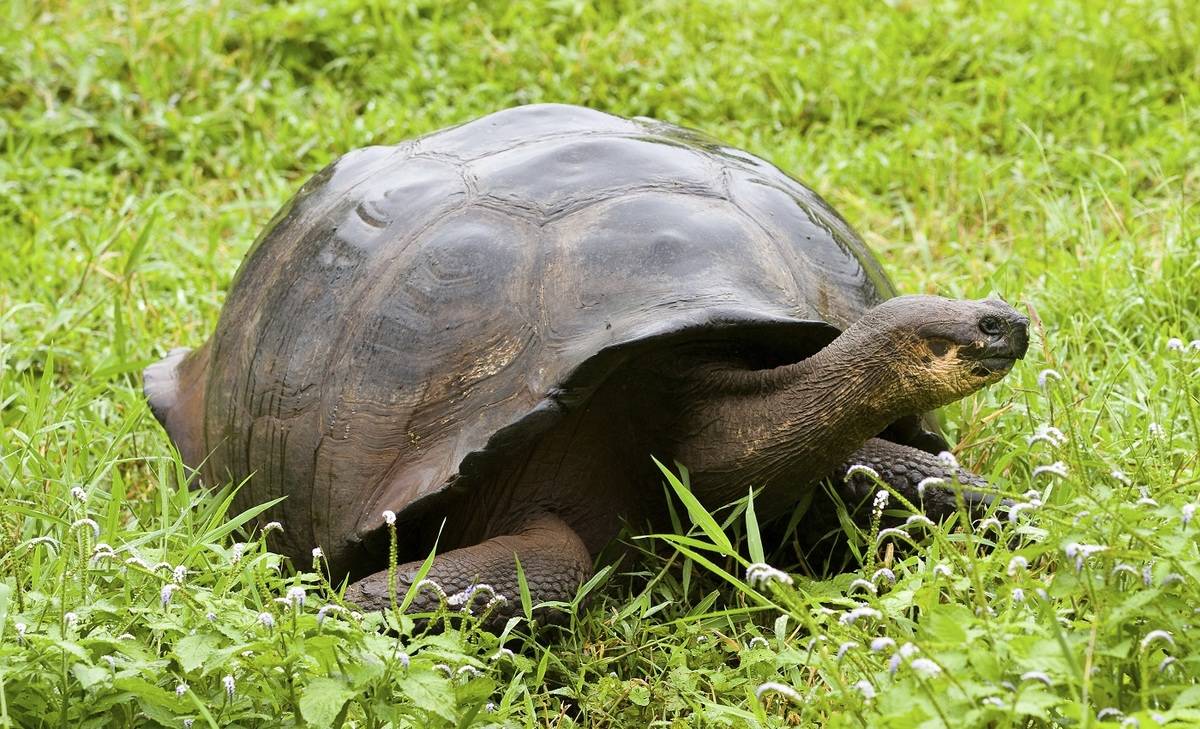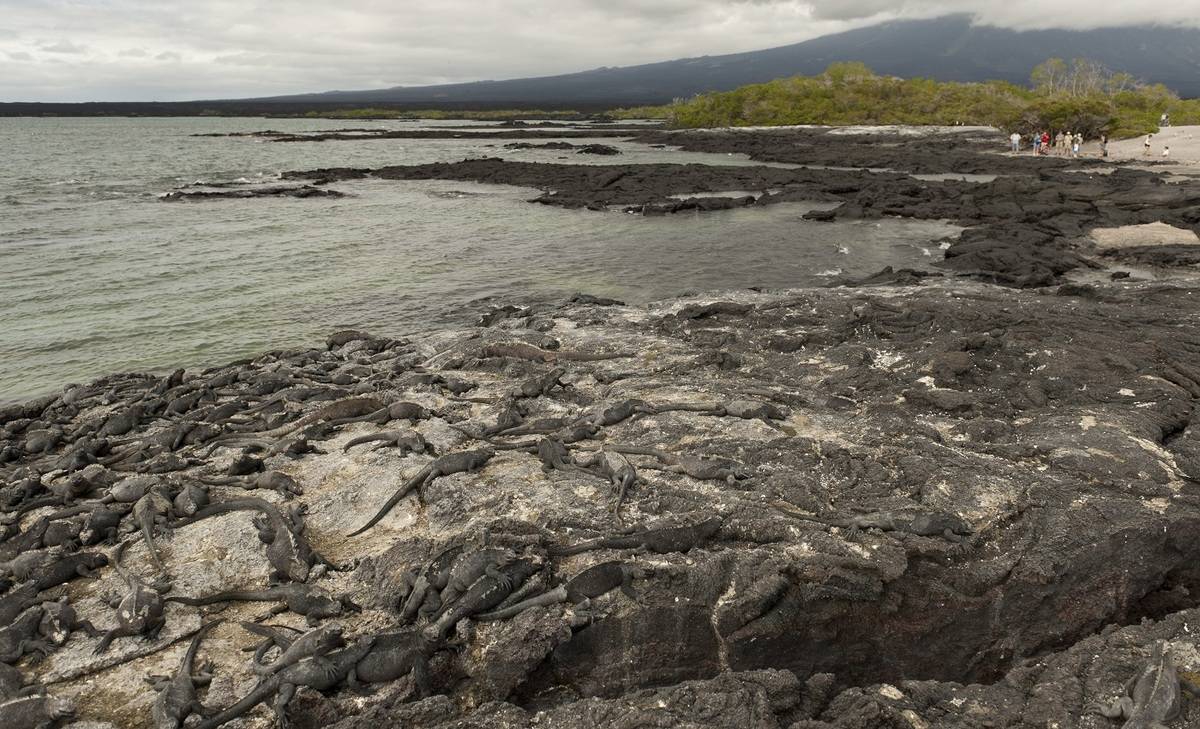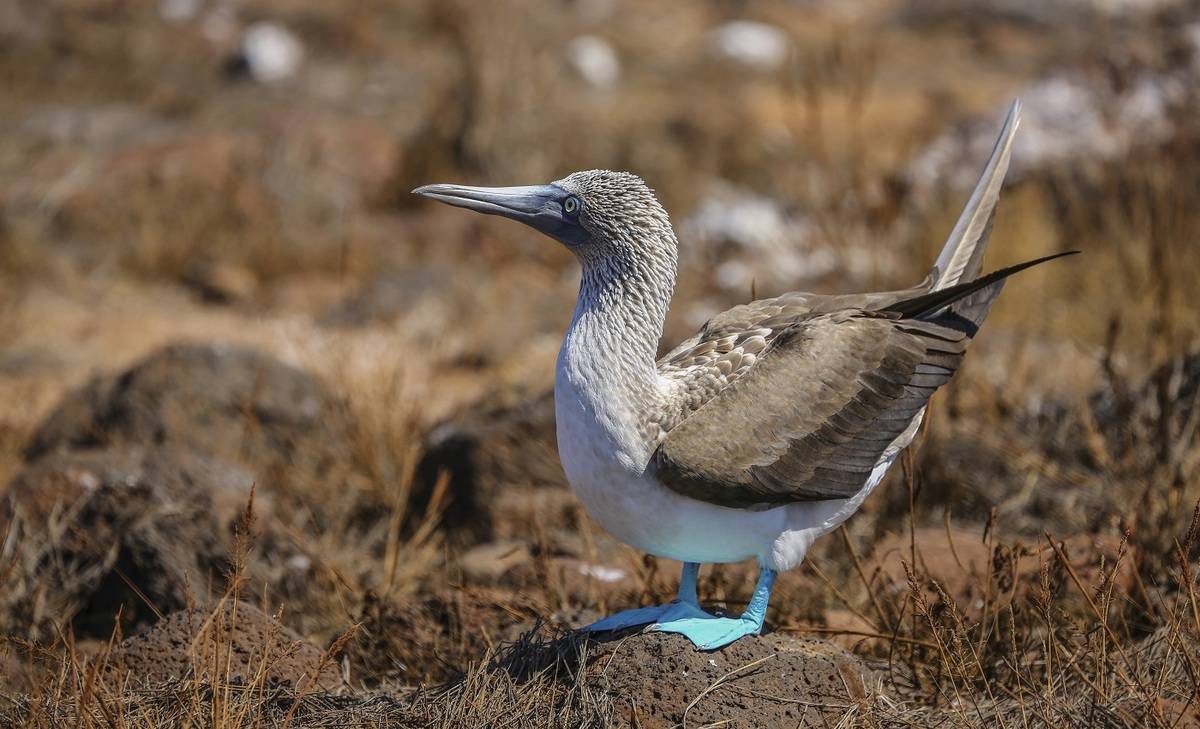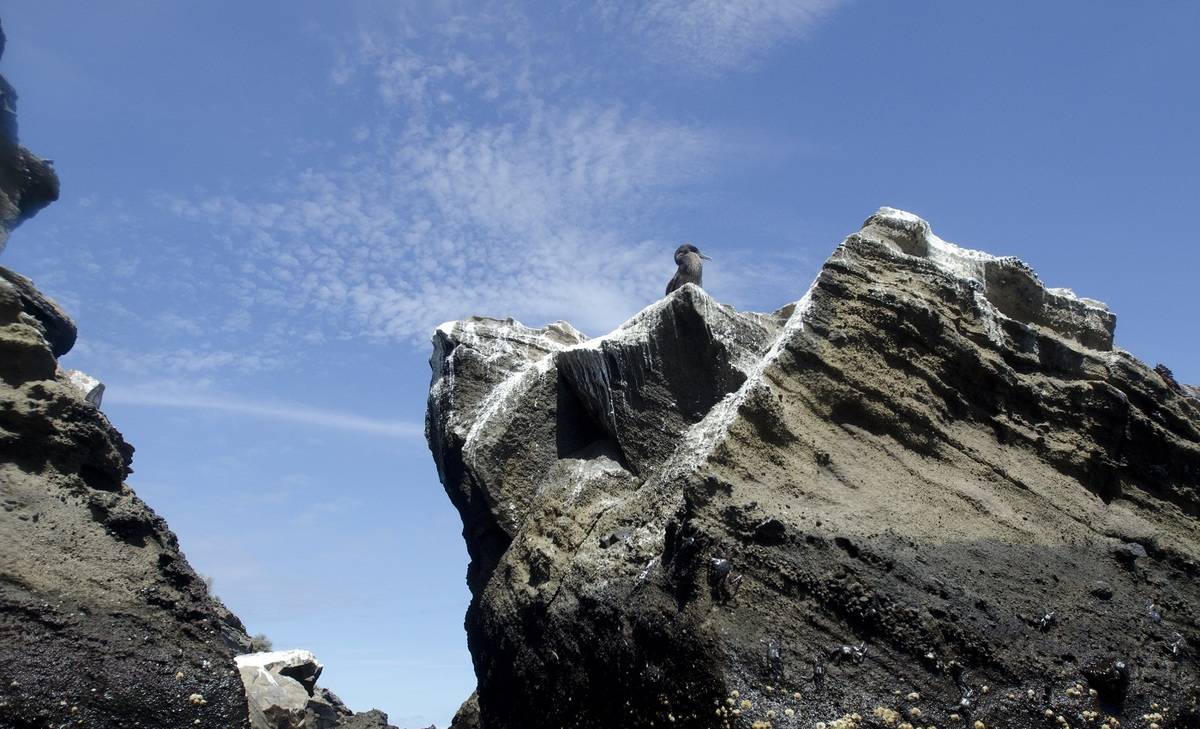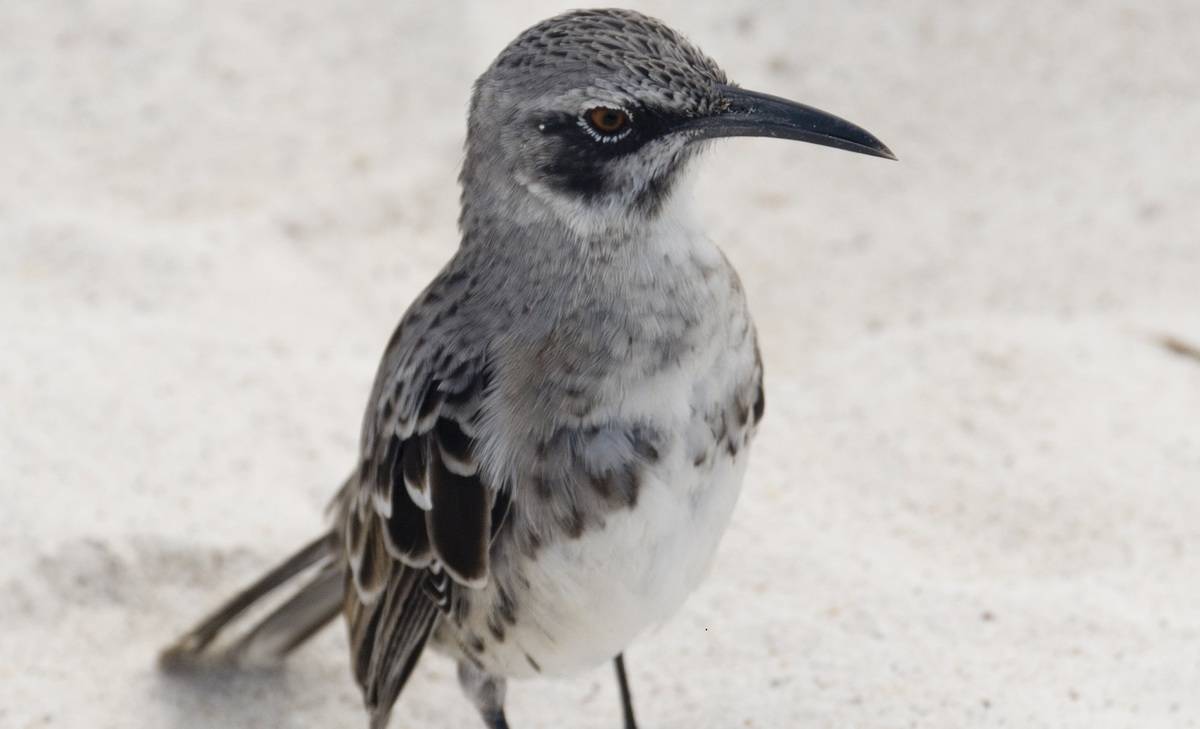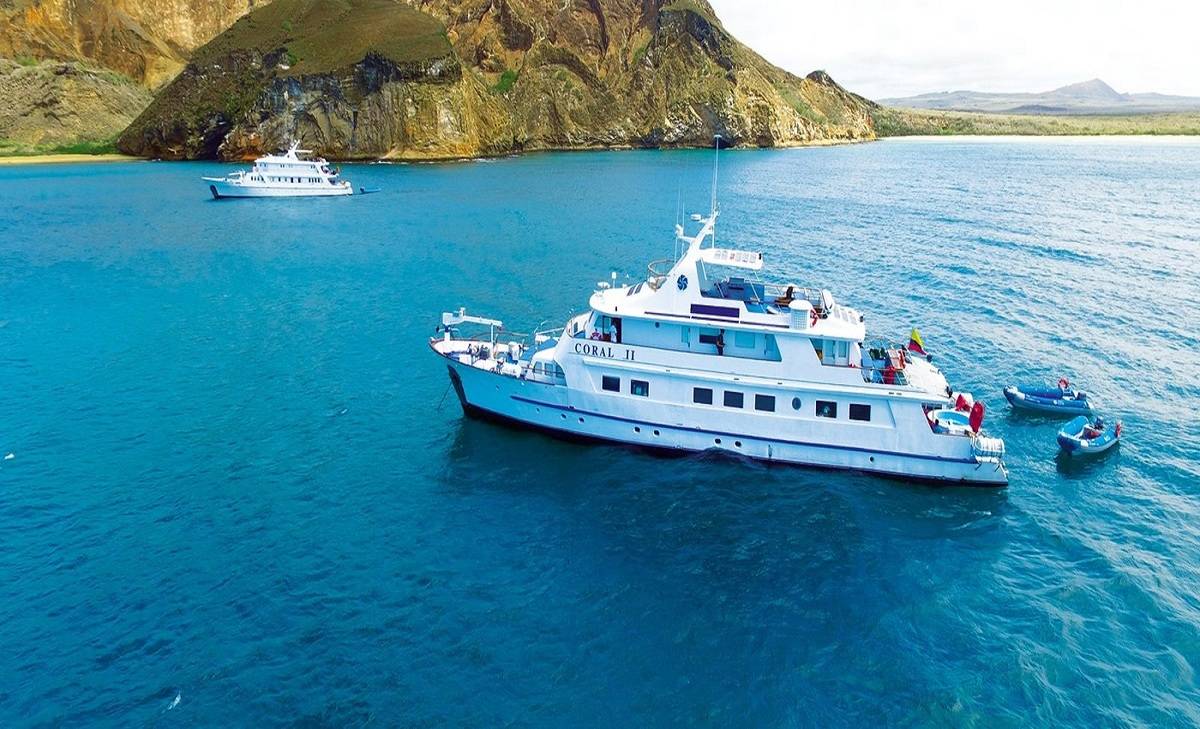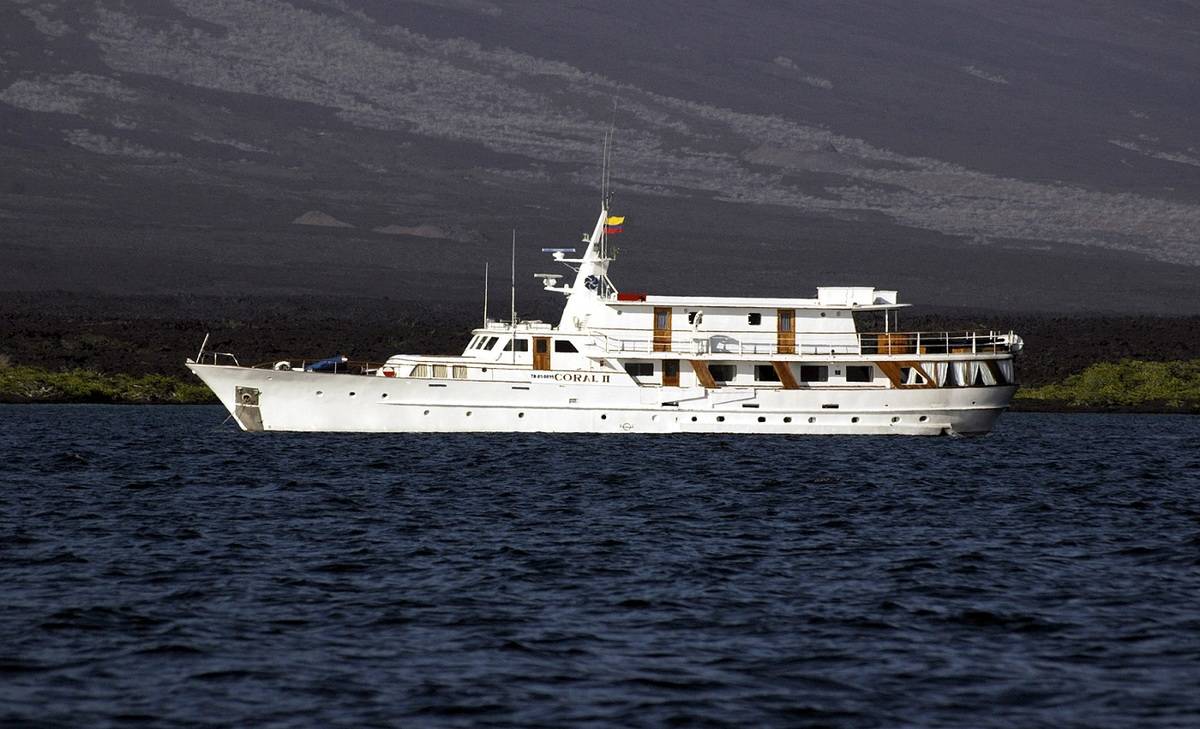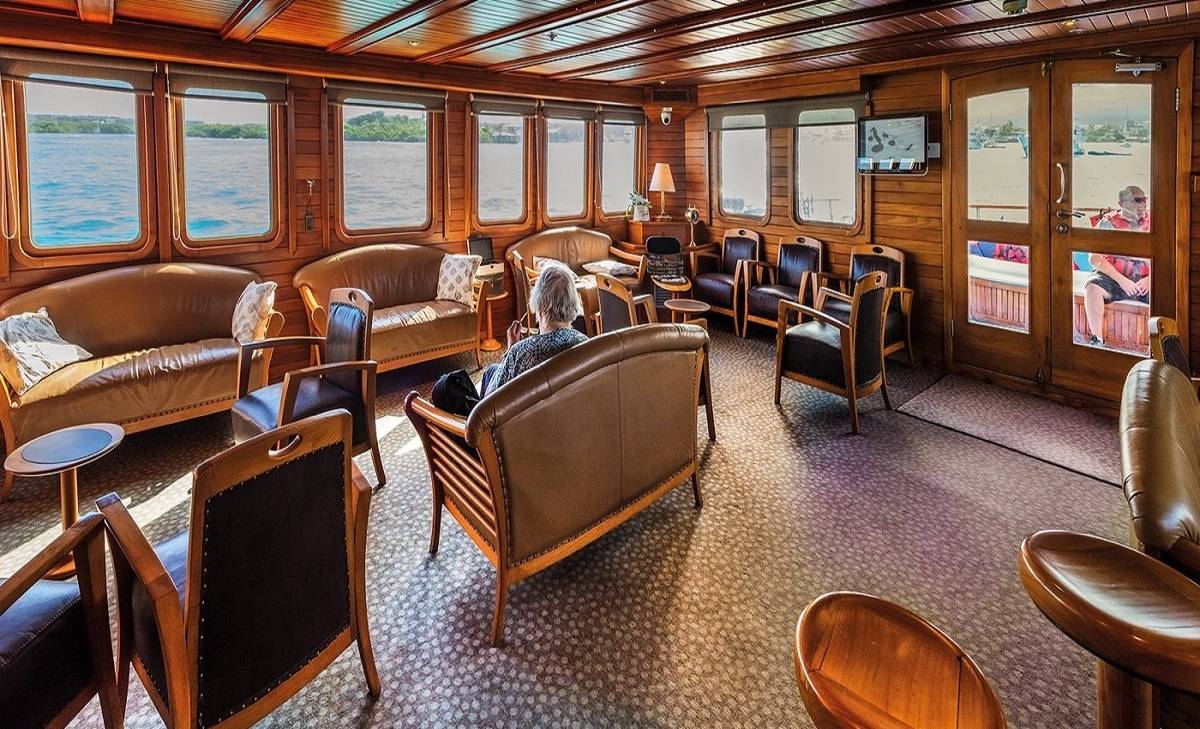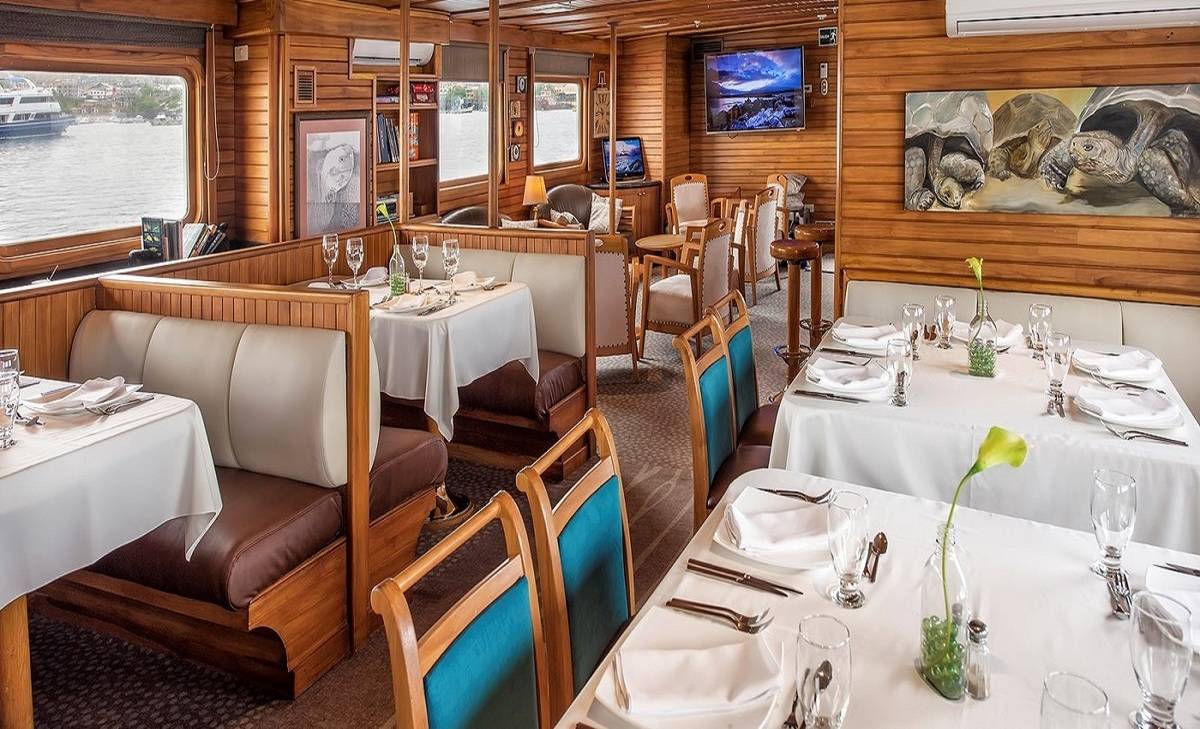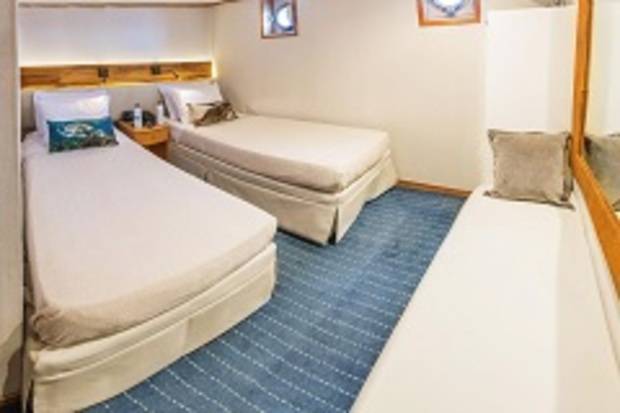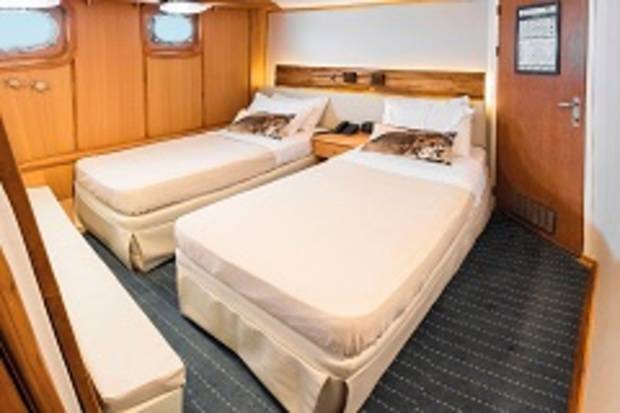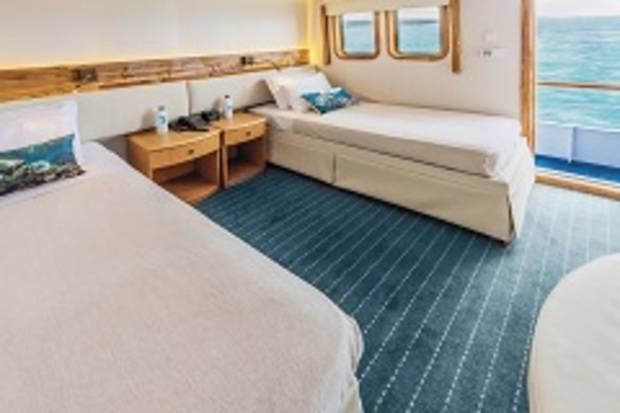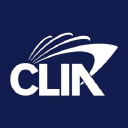West Galapagos Islands
5 Days - Coral I & II
Take yourself on a journey which will open your eyes to the beauty that is the Galapagos Islands. Explore some of the world's most magnificent wildlife while a guide ensures you are well-informed along the way. See a wide variety of plant life which is constantly changing depending on the season. After a walk through a mangrove forest you will be left with a truly wonderful view. Don't miss the chance to do all of this while staying on a luxury yacht, truly stylish accommodation.

Home » Coral I & II: West Galapagos Islands
Itinerary Highlights
- Encounter flightless Cormorants a their nesting sites as well as Galapagos penguins and the Galapagos Hawk.
- Visit the largest island within the Galapagos and learn about the eruption of the volcanoes which formed it.
- Ride a dinghy and sight a shoreline full of marine wildlife.
- Snorkel in deep waters and see even more beautiful wildlife.
- Visit a volcanic "black" beach.
- Swim with sea turtles, sea lions and countless tropical fish.
Itinerary in Brief
- Day 1: Baltra - Highlands Tortoise Reserve
- Day 2: Vicente Roca Point - Espinosa Point
- Day 3: Urbina Bay - Tagus Cove
- Day 4: Egas Port - Sullivan Bay
- Day 5: Bachas Breach - Baltra
*Looking for a longer cruise? the M/Y Coral I & II also offer special Itineraries for 8,11,12 & 15 day cruises, please call us for details.
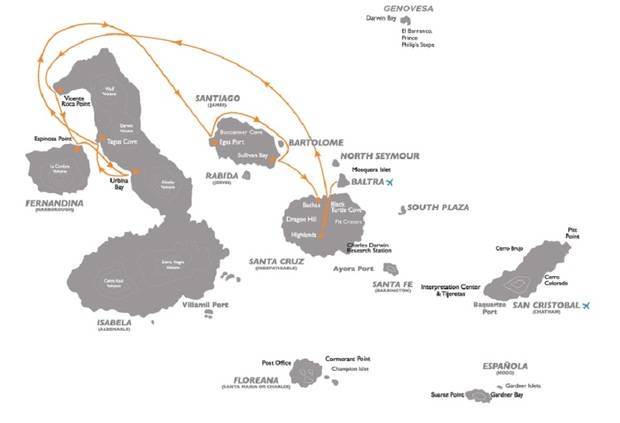
Day 1: Baltra Airport & Black Turtle cove
Departure from Quito or Guayaquil to Baltra (2 ½ hours flight). Passengers are picked up at the airport by our naturalist guides and taken on a ten minute bus drive to the pier to board the M/Y Corals.
Here we can find four species of mangrove in the extensive tidal lagoon system that stretches for almost a mile inland. During our panga ride through the labyrinth we will spot many turtles, herons of several species, sharks and rays. The experience is otherworldly and seems to transport us back to the beginning of time. Difficulty level: easy Type of terrain: none Duration: 1-hour dinghy ride
Day 2: Vicente Roca Point - Espinosa Point
Wet landing at Vicente Roca Point. This point is a promontory with two protected turquoise coves on either side of the remains of a tuff cone, one of them accessible from the sea only through water filled subterranean passages, so it is a marine -only visitor site with really great opportunities for a deep-water snorkelling thanks for its locations at one of the richest marine ecosystems on Earth (Bolivar Channel). It's common to observe groups of dolphins, Sea Lions and tunas feeding here. The geological formations here are very impressive, a sheer cliff provides the perfect setting for a dinghy ride along the coast to observe a great diversity of sea and coastal birds: Noddies, Brown pelicans, Galapagos Penguins and Flightless Cormorants. Marine birds such as Pelicans or Nazca and Blue-footed boobies are often seen feeding all at once in these waters. There are whale-watching opportunities during the cold season (May-December) while navigating from Vicente Roca Point to Espinosa Point.
Dry landing at Espinosa Point, its the only spot that we visit on Fernandina, and from it we can see the island of Isabela across the Bolivar Channel, an area that boasts some of the highest diversity of endemic sea fauna in the Galapagos. The largest, most primitive-looking race of marine iguanas are found mingling with sea lions and Sally Lightfoot Crabs; a wonderful opportunity to encounter Flightless Cormorants at their nesting sites, Galapagos Penguins and the “King” of predators on the Islands, the Galapagos Hawk. “Pa-hoe-hoe” and “AA” lava formations cover the majority of the terrain. Vegetation is thus scarce inland, but we encounter Brachycereus cacti and extensive mangrove beds lining the shores.
Day 3: Urbina Bay - Tagus Cove
Wet landing on a volcanic “black” beach. Depending on the season, we may find giant tortoises, land iguanas and the unusual Flightless Cormorant. After a short walk inland, snorkelling time is allotted, giving you yet another chance to swim with sea turtles, sea lions and countless tropical fish. Urbina Bay features a wide variety of plant life that changes depending on the season. We can observe the beautiful colours of plants that attract different insects, birds and reptiles. We will explore the uplifted coral reef that resulted from 1954 volcanic activity, with a spectacular view of Alcedo Volcano.
Dry landing on Galapagos largest Island where we will learn about the eruption of the five volcanoes that formed it. The trail leads to Darwin salt-water Crater Lake and excellent views of lava fields and volcanic formations. This is a great site to see landbirds such as Galapagos Hawks, Ground and Tree finches, Large-billed flycatchers and Yellow warblers. We will return by the same path for a dinghy ride along a shoreline full of marine wildlife, where we will admire a variety of Seabirds such as Blue-footed booby, Brown Noddy, Terns, Flightless Cormorant and, depending on the season, a large number of Galapagos Penguins which are only 35 cm tall; the only penguin species in the world to extend its range into the northern hemisphere along the Equator. They lay their eggs in small cracks of lava, on the lower parts of the island near the shoreline not reached by the ocean waves. We will have an opportunity to snorkel in deep water.
Graffiti believed to have been left by 19th-century pirates is a curious reminder of an intriguing past. Many names of the early visitors to this site, pirates, and whalers, are written on the cliffs along the shore.
Day 4: Egas Port - Sullivan Bay
Wet landing a beach of black volcanic sand, visited by Darwin in 1835. Salt Mines visitor site has an important history, on 1683 William Ambrose Cowley visited this place, it was he who gave the English name of James to the Bay and the Island. The first part of Egas Port trail is comprised of volcanic ash (eroded tuff) and the other half of the trail is partially uneven terrain, comprised of volcanic basaltic rock that lounges the shoreline and take you to the best tidal pool areas in the Galapagos that are populated by Fur Seals and Sally Lightfoot crabs. The unique, truly striking layered terrain of Santiago's shores is home to a variety of resident and migrant birds including the bizarre Yellow-crowned Night Heron, the Galapagos hawk is often observed in this area as well. Snorkelling in this place is a highlight, astounding array of marine wildlife including Lobster, Starfish and Marine iguanas grazing on algae beds alongside Sally Lightfoot Crabs. Snorkelling also offers rarities such as Octopus or Squid. At this visitor site you can observe the two species of sea lions: Fur "seals” and Galapagos Sea Lion. Colonies of Endemic Fur Seals swimming in cool water pools formed by volcanic rocks can be seen.
Sullivan Bay is located at the southeastern portion of Santiago Island, and of important geologic interest, features extensive lava flows believed to have been formed during the last quarter of the 19th century. Walking on the lava is breathtaking, this flow is geologically very young, the magma formed is flat but the movement of underground lava, the rapid cooling,and other eruptions make it look like it just solidified.
Day 5: Highlands Tortoise Reserve ( Santa Cruz Island)
Dry landing. In the mountains of Galapagos is possible to admire different kind of birds, such as: tree and ground finches, vermillion flycatchers, paint-billed crakes, yellow warblers, and cattle egrets (usually standing on the tortoises’ shell). The journey to the reserve offers great opportunities to see the contrasts that the island offers in reference to the variety of ecosystems. The road goes from the coast through the agricultural zone and straight up to the dense humid forests. Often, Galapagos giant tortoises are also seen on the way, wandering through pastures in the paddocks. This spot is a birdwatchers’ haven, since almost every land bird present on the island lives or migrates here. Difficulty level: easy Type of terrain: flat & muddy (depending on season) Duration: 45-minute drive / 1 ½-hour walk
After the visit, passengers will be transferred to the airport for their return flight to Guayaquil or Quito.
Cabin Details
Standard Cabin
7sqm/75sqft, located on the Sea deck, 2 single beds or 1 double bed, private bathroom, air-conditioning, portholes, safe, entertainment system with LCD TV's, hairdryer, 110-220V/60Hz, reading lights and sitting area.
Standard Plus Cabin
12sqm/129sqft, located on the Sea deck, 2 single beds or 1 double bed, private bathroom, air-conditioning, portholes, safe, entertainment system with LCD TV's, hairdryer, 110-220V/60Hz, reading lights and sitting area, some rooms can accomodate extra single bed on request.
Junior Cabin
12sqm, 129sqft, 2 single beds or 1 double bed, located on the Earth and Sky decks, twin beds, extra bed (available in 2 cabins on the Coral I and 1 cabin in the Coral II), private bathroom, air-conditioning, picture windows, safe, entertainment system with LCD TV's, hairdryer, 110-220V/60Hz, reading lights and sitting area.
(Interconnecting doors suitable for families/friends travelling together)
Coral I & II Deckplan
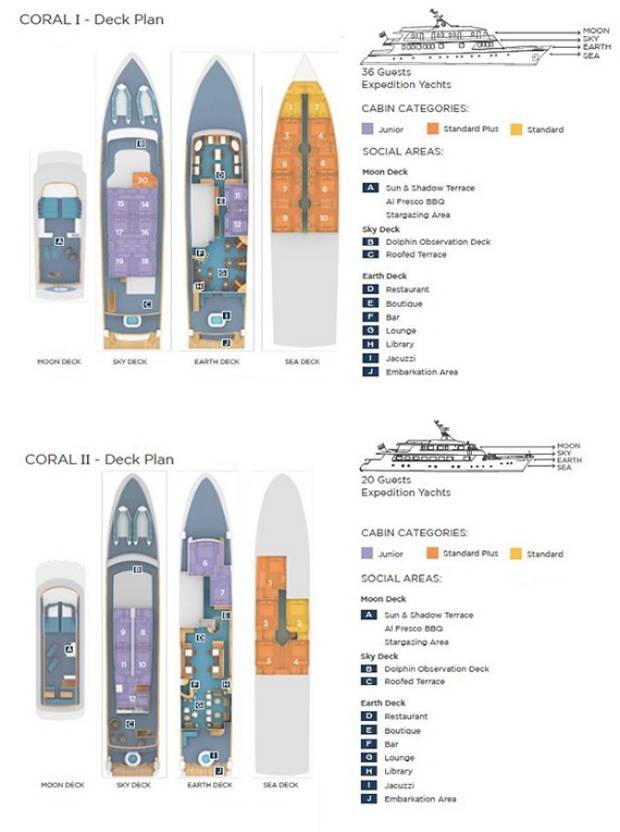
Specifications
Ship Specifications: Coral I
- Length: 131 ft (40 m)
- Wide: 28 ft (8.5 m)
- Decks: 4
- Made in: Germany
- Rebuilt: 2004
- Refurbished in: August 2016
- Guest Capacity: 36
- Crew: 11
- Speed: 12 knots
- Cruise speed: 10 knots
- Guides: 3 multilingual naturalists
- Life Rafts: 4 for 25 pax each
- Dinghies: 2 for 20 pax each
- Kayaks: 2 double, 1 single
- Safety: ISM, SMC, ISSC, IOPP, DOC
- Electricity: 110v & 220V
Ship Specifications: Coral II
- Length: 113 ft (34.4 m)
- Wide: 20.80 ft (6.3) m)
- Decks: 4
- Made in: Holland
- Rebuilt: 2006
- Refurbished in: September 2017
- Guest Capacity: 20
- Crew: 9
- Speed: 12 knots
- Cruise speed: 10 knots
- Guides: 2 multilingual naturalists
- Life Rafts:
- 2 for 25 pax each
- 2 for 8 pax each
- Dinghies: 2 for 17 pax each
- Kayaks: 2 double, 1 single
- Safety: ISM, SMC, ISSC, IOPP, DOC
- Electricity: 110v & 220V
Whats included?
- On-board accommodation
- All meals during your cruise
- Activities/shore excursions as specified
- Bilingual naturalist guides
- Transfers
What’s not included?
- International and internal airfares
- Arrival/departure taxes or reciprocity fees, visa fees where applicable
- Travel insurance
- Fuel surcharges
- Galapagos national park fee US$100
- Transit control card US$20
- Kayaks and wetsuit equipment
- Gratuities
- Any items not mentioned as included

